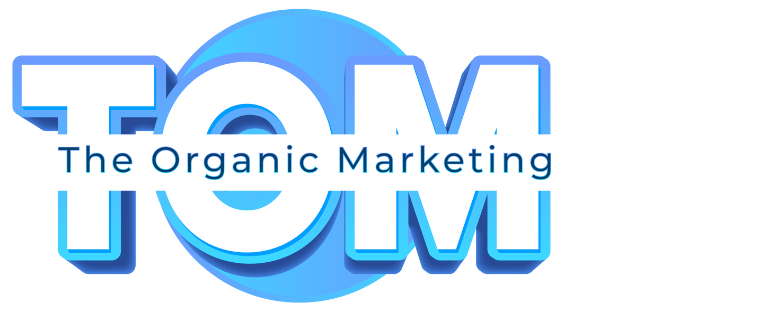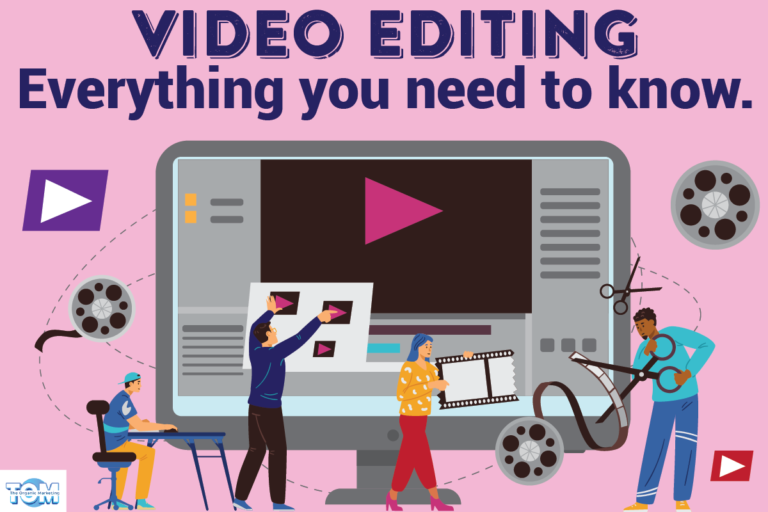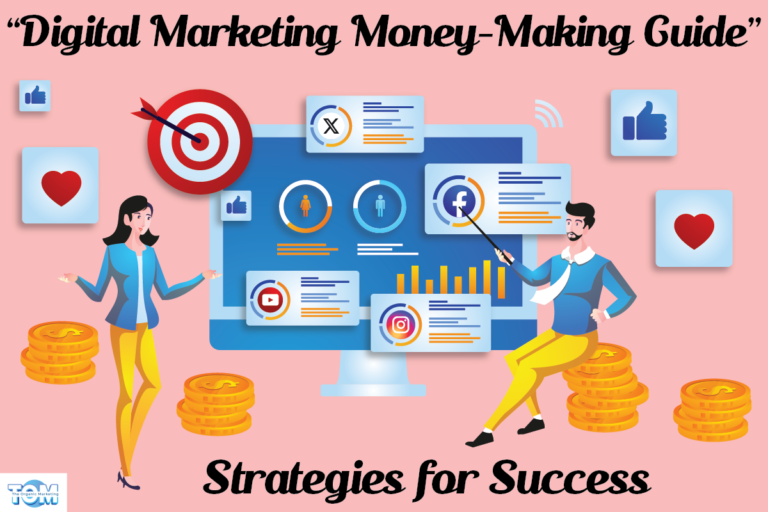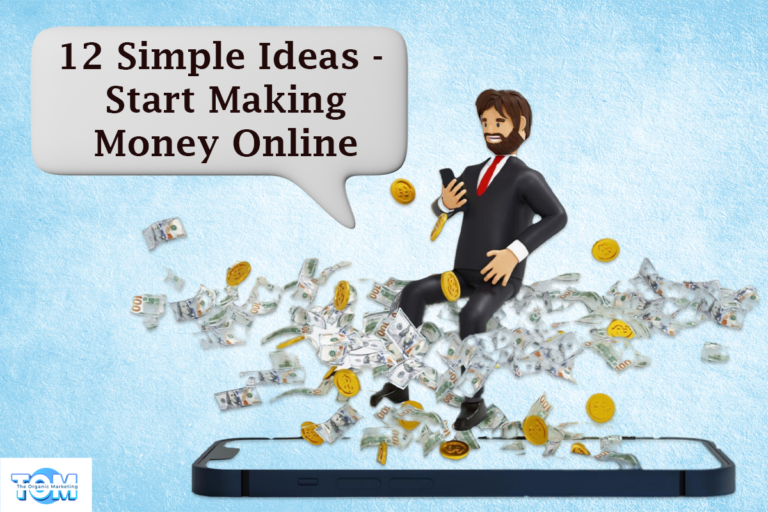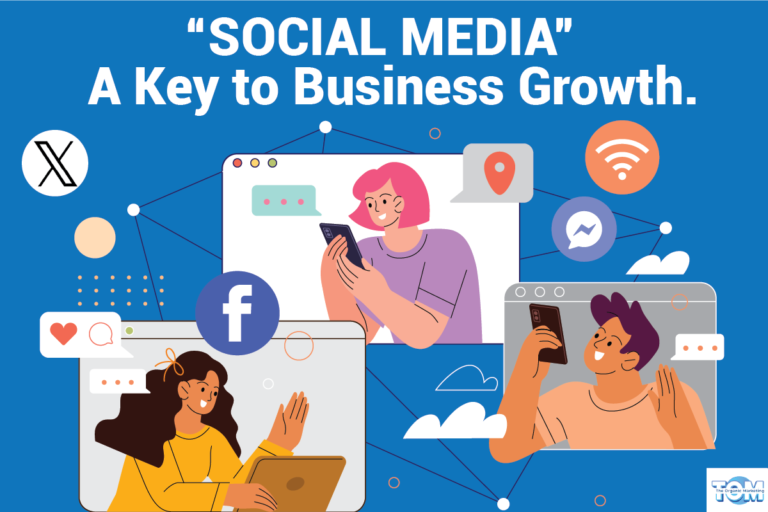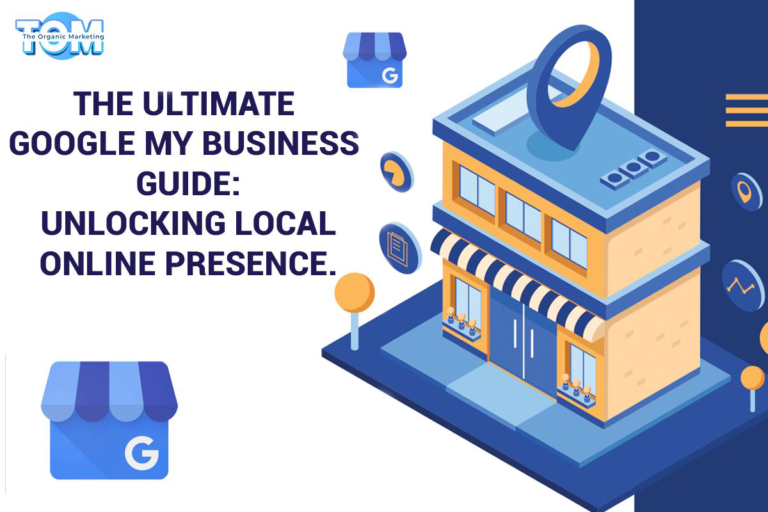The Art of Content Creation: Best Practices and More
Our online experience has become increasingly dependent on content creation in the contemporary digital era. Knowing the ins and outs of content production may significantly improve your capacity to interact with people, whether you’re a blogger, a social media enthusiast, or just someone who appreciates sharing ideas. We will examine the world of content creation in this extensive book, including its definition, significance, kinds, production method, and role in diverse situations.
How does content creation work?
Information production is the process of creating and distributing digital data for an online audience. This information, which is often referred to as content, can be shown in a number of different formats, including written articles, blog posts, videos, images, infographics, podcasts, and more. The people or businesses in charge of creating and marketing this content across numerous online platforms are digital storytellers and content producers.
Why is Content Creation Important?
- Engagement: Well-crafted content attracts and engages audiences, fostering meaningful interactions.
- Education: Content provides valuable information, educates, and spreads knowledge.
- Entertainment: It entertains and captivates audiences, offering a break from routine.
- Influence: Content has the ability to influence behavior, motivate action, and mold attitudes.
- Visibility: Regular content creation enhances online presence and visibility.
- Connection: It connects people globally, enabling the sharing of diverse perspectives and experiences.
Types of Content Creation
Written Content
- Articles: These are informative pieces of writing that delve into specific topics, often providing insights, explanations, or opinions.
- Blog Posts: Blog postings are often more casual and conversational because they are shorter than articles. They cover a wide range of themes and are frequently used to interact with a target audience.
- Essays: Essays are formal pieces of writing that explore a specific subject in depth, offering a structured and well-reasoned argument or analysis.
- Stories: Narrative content that can be fictional or non-fictional. Stories are often used in creative writing, personal narratives, or case studies.
Visual Content
- Images: Visual content includes photographs, illustrations, and graphics. Images are commonly used to convey information or capture attention.
- Infographics: These are visual representations of facts or information that are easy to grasp and aesthetically appealing.
- Videos: Video content ranges from short clips to longer films. It’s a highly versatile medium for storytelling, education, entertainment, and marketing.
- Memes: Memes are amusing or sarcastic pictures, videos, or texts that are often spread online. They are made to be engaging and relatable.
Audio Content
- Podcasts: Podcasts are audio programs available for streaming or download. They cover a wide array of topics and can take the form of interviews, discussions, storytelling, or educational content.
- Audiobooks: These are audio recordings of books, allowing people to enjoy literature without reading the text.
- Music: Music is a form of audio content created for artistic expression and entertainment, encompassing various genres and styles.
Interactive Content
- Quizzes: Interactive quizzes engage the audience by allowing them to answer questions and receive immediate feedback or results.
- Polls: Polls gather opinions or feedback from the audience, providing valuable insights and promoting engagement.
- Surveys: Surveys are comprehensive questionnaires used to collect data and opinions on specific topics.
- Interactive Storytelling: This kind of content incorporates user interaction, allowing viewers to make decisions that affect the plot and produce a unique experience.
User-Generated Content
- Reviews: Users share their opinions and experiences with products, services, or places, offering valuable insights to others.
- Comments: Comments are responses to content, discussions, or conversations that occur on websites, blogs, or social media platforms.
- Social Media Posts: Users generate content through text, images, videos, and more on platforms like Facebook, X (Previously Twitter), Instagram, and TikTok. Social media is a significant source of user-generated content.
How Does the Content Creation Process Work in 5 Steps?
- Ideation: Brainstorming ideas for content topics and formats.
- Research: Gathering information, data, and resources.
- Creation: Developing the content, whether it’s writing, designing, filming, or recording.
- Editing: Reviewing and refining content for accuracy, clarity, and quality.
- Distribution: Sharing content on appropriate platforms and engaging with the audience.
What Does Content Creation Do In Business?
- Marketing: It forms the basis of digital marketing strategies, helping businesses reach and engage their target audience.
- Branding: Quality content establishes a brand’s identity, values, and authority.
- Customer Engagement: It fosters stronger connections with customers, building loyalty.
- SEO: Fresh, relevant content is favored by search engines, making it essential for SEO.
- Lead Generation: Potential clients and leads might be attracted by content.
- Sales: Content often serves as a persuasive tool to convert prospects into customers.
Benefits of Content Creation in the Market
- Increased Visibility: Regular content improves search engine rankings, making you more discoverable online.
- Brand Authority: High-quality content establishes your expertise in your field.
- Audience Engagement: It encourages audience interaction, feedback, and loyalty.
- Education and Awareness: Your audience learns more about your goods, services, or sector thanks to your content.
- Lead Generation: Potential clients might be drawn in by informative content.
- Cost-Effective Marketing: Compared to traditional advertising, content creation often provides a more cost-effective way to reach a wider audience.
Content creation has evolved into a dynamic and influential force in the digital age, shaping how we communicate, learn, entertain, and do business. The power of content lies not only in its ability to engage and inform but also in its potential to connect people across the globe, fostering a sense of community and shared knowledge. So, go ahead, create content, share your ideas, and make your voice heard in the ever-expanding digital landscape.
To get your hands on the best content creation team and strategies, contact The Organic Marketing.
Frequently Asked Questions (FAQs)
1: What distinguishes content marketing from content creation?
A: Digital publishing is called content creation, and utilizing that content to draw in and keep an audience is called content marketing.
2: How can I increase my ability to create good content?
A: You can improve your content creation skills by practicing regularly, staying updated on industry trends, and seeking feedback from your audience.
3: What are some popular content creation tools and platforms?
A: Popular tools include WordPress for blogging, Canva for graphic design, YouTube for video content, and social media platforms like Instagram and TikTok for various content types.
